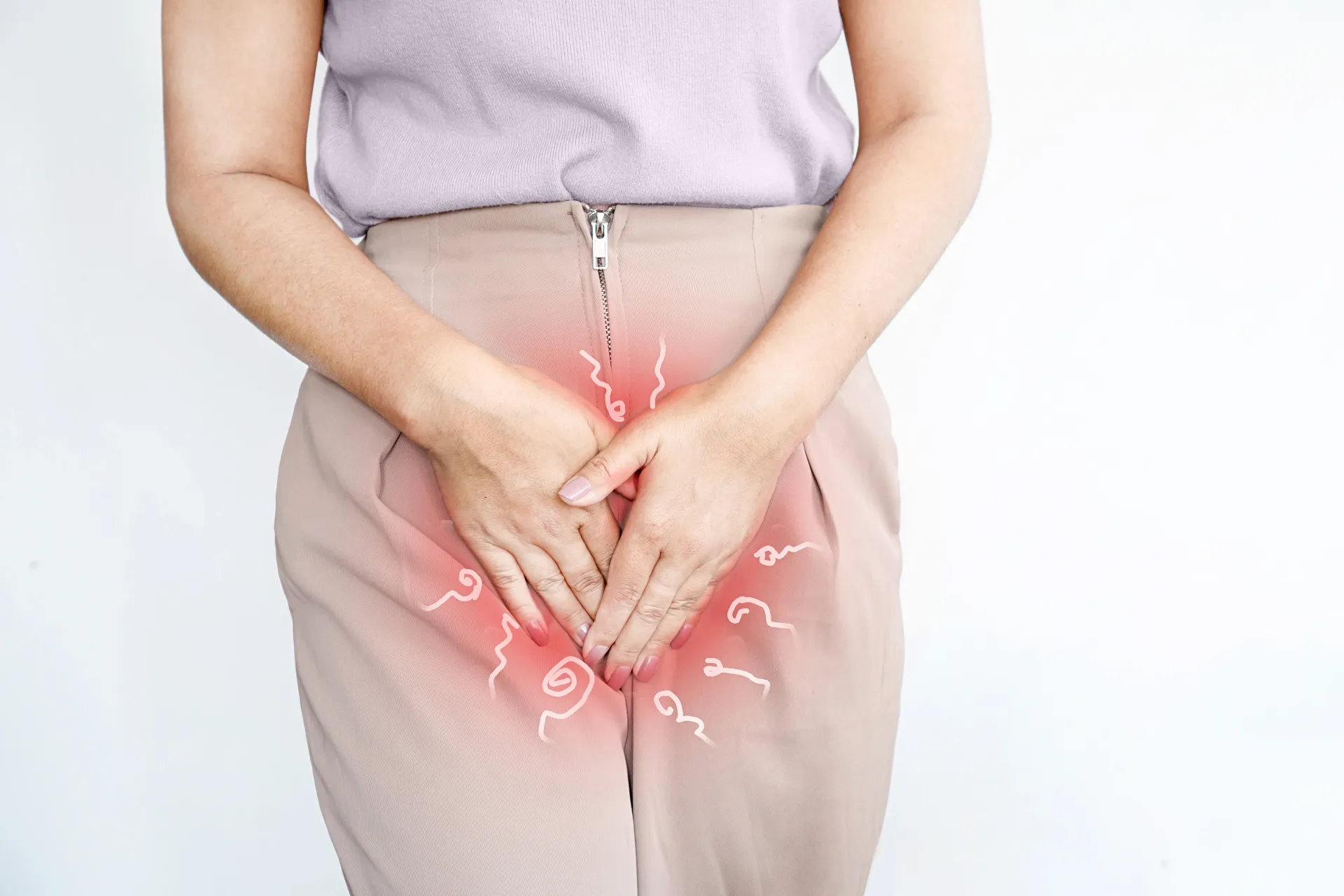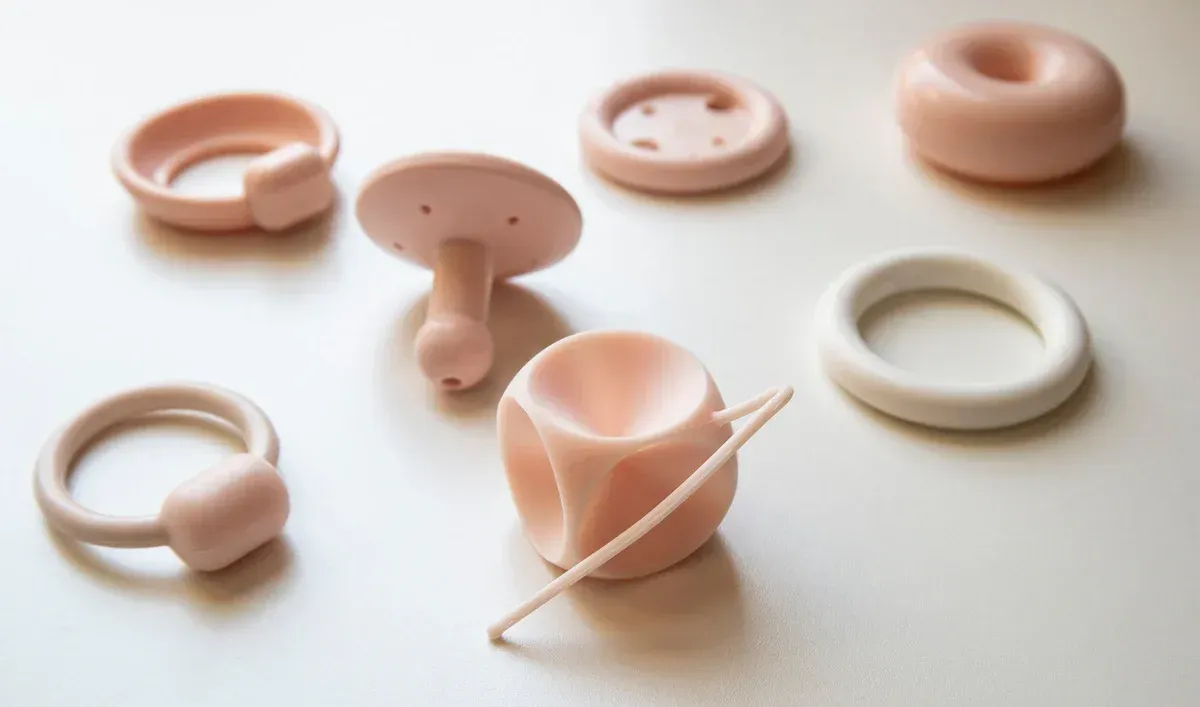Understanding the Benefits, Process, and How It Can Improve Your Quality of Life

Pelvic floor therapy is a specialized form of physical therapy aimed at strengthening and rehabilitating the muscles of the pelvic floor. These muscles play a crucial role in supporting pelvic organs, maintaining bladder and bowel control, and contributing to sexual health. When weakened or dysfunctional, they can lead to conditions such as urinary incontinence, pelvic organ prolapse, and chronic pelvic pain.
What is Pelvic Floor Therapy?
Pelvic floor therapy involves targeted exercises, manual therapy, and lifestyle modifications to improve pelvic health. A trained pelvic floor physical therapist assesses the condition of these muscles in both men and women, and designs a customized treatment to address issues such as:
- Urinary or fecal incontinence (leakage)
- Urinary urgency
- Pelvic organ prolapse
- Dyspareunia (pain during intercourse)
- Chronic pelvic pain
- Postpartum recovery
- Menopause based concerns, such as Vaginal Atrophy
- Vulvodynia
Why an assessment is important before starting “kegels”?
One of the things patients say to us the most are “shouldn't I just do kegels” and “is my pelvic floor weak.” A Lot of the time, patients' pelvic muscles are too contracted (tense), resulting in urinary leakage, pain or prolapse. We need to relax the pelvic floor therapy first, prior to any strengthening it.
An analogy would be a bicep curl: if we are holding a continuous contraction (in this case sometimes years of tension or doing kegels), your muscle will start to fatigue, resulting in a weakened contraction. With the pelvic floor muscles, if you are too contracted, your muscles will fatigue, resulting in urinary leakage. With those who are postpartum, your pelvic floor muscles will sometimes contract from the “stress” i.e. strain, labour or growing a baby has on the pelvic floor muscles. Pelvic Floor Therapists can properly assess if we need to relax the muscles, strengthen, or support the muscles, prior to implementing any exercises.
Benefits of Pelvic Floor Therapy
- Improved Bladder and Bowel control: strengthening pelvic floor muscles can help reduce incontinence, constipation and prevent incidents.
- Relief from Pelvic Pain: therapy can alleviate discomfort associated with conditions such as endometriosis and interstitial cystitis.
- Enhanced Sexual Function: strengthened or relaxing pelvic muscles contribute to better arousal and reduced pain during intercourse.
- Support During Pregnancy and Postpartum: helps in reducing pain, preventing prolapse, and improving recovery after childbirth.
- Better Core Strength and Stability: the pelvic floor works in conjunction with the core muscles, leading to overall stability and balance.
Types of pelvic Floor Therapy Techniques
- Kegel exercises: contracting and relaxing pelvic floor muscles to build strength.
- Biofeedback Therapy: using sensors to provide feedback on muscle activity, helping patients learn to control their muscles.
- Manual Therapy: hands-on techniques to release muscle tension and improve mobility.
- Electrical Stimulation: low-voltage pulses to stimulate muscle contractions.
- Lifestyle and Behavioural Modifications: adjustments in diet, hydration, and posture to support pelvic health.
Who Can Benefit from Pelvic Floor Therapy?
Pelvic floor therapy is beneficial for people of all ages and genders. It is particularly helpful for:
- Women during pregnancy and postpartum
- Individuals experiencing urinary or fecal incontinence
- Those recovering from pelvic surgeries
- People suffering from pelvic pain or sexual dysfunction
- Those suffering from constipation or IBS
When to Seek Help
If you experience persistent pelvic discomfort, difficulty controlling urination or bowel movements, or pain during sex, consulting a pelvic floor therapist can be a crucial step toward recovery. Early intervention can prevent symptoms from worsening and significantly improve quality of life.
Conclusion
Pelvic floor therapy offers a non-invasive, effective solution to many pelvic health concerns. Through targeted exercises, manual therapy, and lifestyle changes, individuals can regain strength, control, and confidence in their pelvic health. If you suspect pelvic floor dysfunction, seeking professional guidance can be the first step towards improved well-being.











